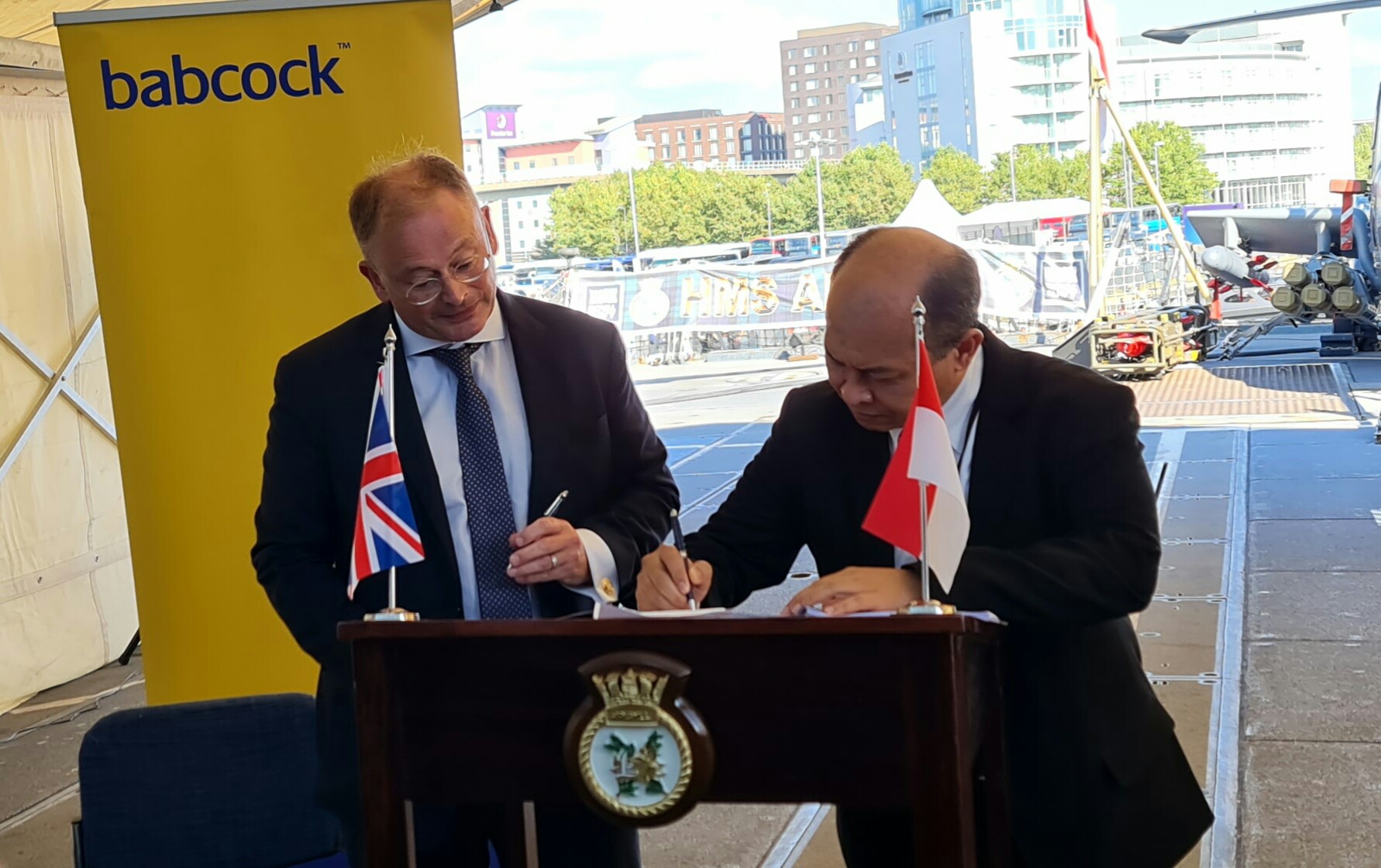this is crunch
Contributor
the ship's design is highly customable, that's why we are facing such confusion
Latest Thread
the ship's design is highly customable, that's why we are facing such confusion
Lets see if NG could counter tkms audacious plan or sudden counter from the rising sunnot clear deal of submarine in Indonesia and Philipine NG
This ship has 4 RHIB Bays with one or two of them having multi-deck access, highly enabling USV operations and a car roller door to let USV munitions or other stuff to get in quickly but everybody speaks about typical modular stuff that exists almost on every ship design like sensors or weapons. The answer is simple, the VLS will be bought whomever is willing to make a sale, and the sensors will be acquired as far as allowed by the manufacturer country. I think what is needed at this point some dedicated USV programme made to fit into AH's bays.
I wouldn't speak a word if they scrap FREMM deal and switch all to 8 Babcock's AH design or add some Type 26 on the side for dedicated ASW missions with even finer AAW sensors. Plus it doesn't have some almighty 9 meters draft but simple 5.3-6 meters that would fit to any military harbor-port-floating/dry dock in Indonesia.



 www.kemhan.go.id
www.kemhan.go.id
And my mind totally mixed up, i was going to refer to Type 45 not the Type 26. A dedicate AAW frigate/destroyer instead of a general purpose frigate, is what Indonesia needs to counter the adversary, which is the navy is being prepared for.Type 26? No thanks, they are quite expensive far more than FREMM of any variants
And my mind totally mixed up, i was going to refer to Type 45 not the Type 26. A dedicate AAW frigate/destroyer instead of a general purpose frigate, is what Indonesia needs to counter the adversary, which is the navy is being prepared for.
If the Babcocks design the most effective and probably with some design changes to increase tonnage on par with FREMM then why FREMM while it is definitely 1.5 times the cost of AH140 but does not offer anything additional, in fact less modular and particularly designed to meet needs of two main countries?
Cost effective term collides with FREMM to be honest.
I know this analogy very well but does the remaining eggs ensure a survivability? Or let's say, how about the logistic troubles that may arise having 3 different classes with entirely different engines, sensors and even probably a weapon payload? Are they really eyeing a commonization among the orders? (That doesnt seem to be so)let me be honest, never put all of your eggs in one basket unless you already can build it yourself (including the subcomponent and critical technologies) just like what the Turk did with their MILGEM project right now. Indonesia and UK, historically had been engage in open conflict (and the generation soldier who fighting against them in Borneo and Malaya peninsula some of them still alive) so it would be never wise to sourcing all of our critical assets from them, unless we had short memory.
30FFM also good it have UUV and USV, TASS and VDS also mine hunting sonar, not only its good for ASW ops but also mine warfare. And @Madokafc said its close.dedicated ASW missions with even finer AAW sensors
If its slbm or dsme 3000, hmm.it's DSME, NO.
"Never been exist before"If its slbm or dsme 3000, hmm.
At this point, i hope NG could make their own audacious plan to secured their contract for ID sub program.
Then what: U216, shortfin baracuda?"Never been exist before"
If it's DSME, NO.
Already existsTaigei-class submarine.
(sorry I love Jap sub too much)
Already exists
